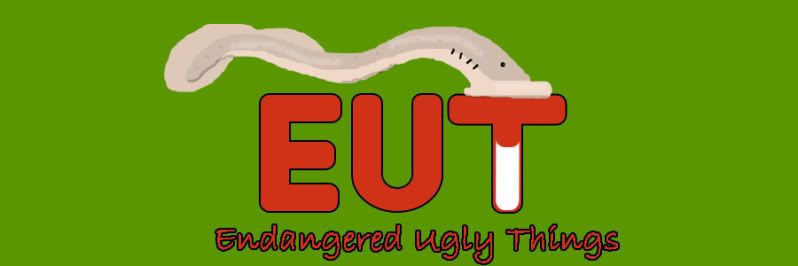 |
| Image by me |
They live up to their name well, though they are the bluest when they are either very angry or trying to impress a female. They differ from green iguanas, which are an invasive species in the Caymans, in a variety of ways, such as the shields on the green iguanas’ cheeks, or the thicker tail on the blue iguana.
The reason why blue iguanas are so endangered is, like the tuatara, after a few million years of isolation with minimal predators, human interactive has brought rats and cats, which go after the eggs and young, and dogs, which will attack the adults. This brought their population down far enough to earn them the distinction of the world’s most endangered iguana.
They are not without their champion, however, as the Blue Iguana Recovery Program has come into existence to help save the iguanas from the edge of extinction. Captive breeding programs at the Queen Elizabeth II Botanical Park have managed to hatch more than 80 baby iguanas the last few years. Female iguanas, when they are ready to lay their eggs, will dig a burrow. However, to the dismay of the conservationists who wish to incubate the eggs in a controlled environment, the female’s burrows are labyrinthine, with many dead ends, where only one will contain any eggs. After the eggs hatch, the young are kept at the botanical park until they are two years old, big enough to deter any rats and cats. These are released into a reserve on the sparsely populated eastern end of the island.
The news that I am very happy to impart upon you, the reader, is that these released iguanas spent the last weeks of this past June mating. This July, the females were busy laying eggs around the reserve. The past few weeks, the first of the hatchlings have begun to emerge from their burrows. These hatchlings represent the first generation of wild hatched iguanas in the reserve, untagged and free.

4 comments:
I'm also a fan of squamates, and find the blue iguana sublimely beautiful.
Thanks for a great idea, and passionate defense of the charisma-impaired. I just wrote you up over on my blog.
Just wanted to let you know that I love the blog, and hope you keep it up. And, I'm from central Ohio, so gotta have some Buckeye solidarity.
BTW, I would totally buy a plush lamprey
Iguanas are so cute. I want one as a pet except I don't think it would appreciate Canadian weather.
Garrett
The blues are indeed beautiful! Thank you for posting about them. I've been over to Cayman twice to help out with the blues. There are volunteer opportunities at the IRCF website.
Thx!
des
http://desIRCF.blogspot.com
http://www.IRCF.org
The International Reptile Conservation Foundation works to conserve reptiles and the natural habitats and ecosystems that support them.
Post a Comment